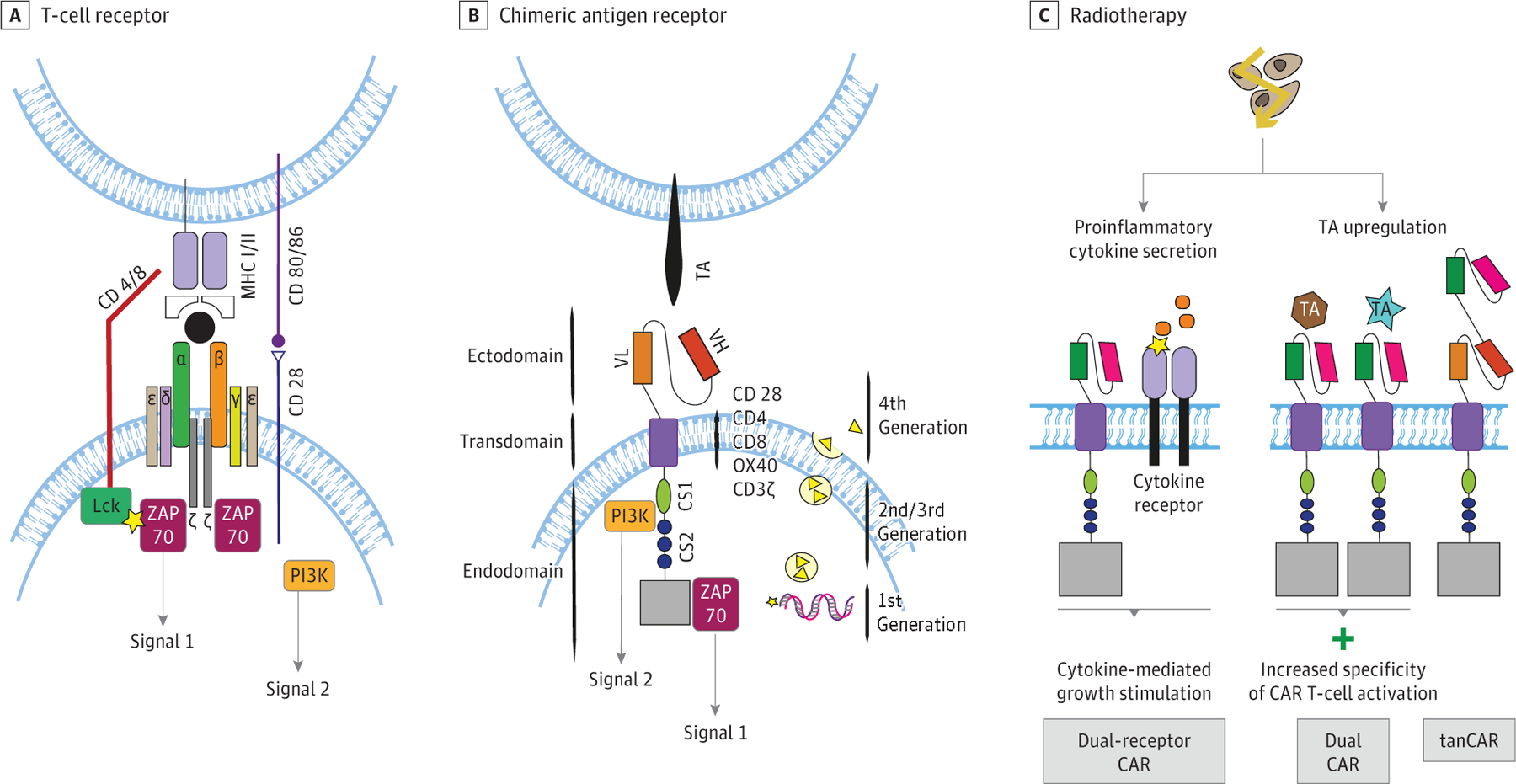Figure 1. Chimeric Antigen Receptor (CAR) T-Cell Evolution.

A and B, Illustration of a physiological T-cell receptor and a CAR T-cell receptor. A, Dual-receptor CAR T cells: simultaneous expression of a CAR with a cytokine receptor providing cytokine-mediated growth stimulation. B, T cells redirected for universal cytokine-mediated killing, known as TRUCK (fourth-generation CAR T cells): after activation of CAR T-cell receptor, a promotor is induced, resulting in the production of cytokines, such as IL-12. These cytokines may, in turn, help to overcome the immunosuppressive microenvironment after irradiation. C, Modification of CAR T cells potentially aiding synergy with radiation. Dual CAR T cells: increasing specificity of CAR T cells by expression of 2 different CARs, which can only be fully activated by binding both antigens. Tandem CAR T cells (tanCAR): CARs engineered to express 2 antigen-binding domains resulting in higher probability of activation. CD indicates cluster of differentiation; Lck, lymphocyte-specific protein tyrosine kinase; MHC, major histocompatibility complex; OX40, also known as tumor necrosis factor receptor superfamily member 4 (TNFRSF4) and CD134; TA, tumor antigen; VH, V domain of the heavy chain; VL, V domain of the light chain; ZAP, zeta chain–associated protein kinase.
